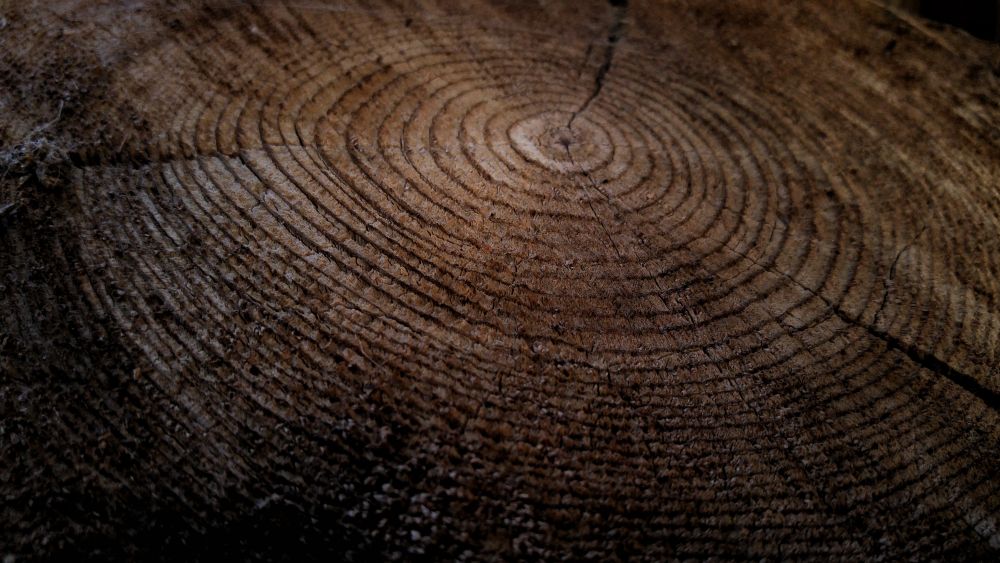Engineers have made wood that is stronger than steel
Researchers at the University of Maryland in the US have developed a new type of super-strong wood, which could replace the use of steel in manufacturing.

Researchers at the University of Maryland in the US have developed a new type of super-strong wood, which could replace the use of steel in manufacturing.
A new paper, published in the journal Nature, details the scientists’ progress towards transforming natural wood into “a high-performance structural material”.
The engineer’s simple method was to remove some of the wood’s lignin, a natural part of its cell walls which give it its original rigidity. They then compressed the material by exposing it to a heat of around 65 degrees Celsius. This causes the fibres within the wood to be forced much closer together, and any defects removed.
The result is a material which is more than ten times stronger than before and more stable. The team tested their findings by firing it with hard projectiles. While the natural wood was shattered into pieces, the new material stopped the projectile halfway through.
Dr Liangbing Hu, who helped lead the study, commented on its consequences: “This new way to treat wood makes it twelve times stronger than natural wood and ten times tougher. This could be a competitor to steel or even titanium alloys, it is so strong and durable. It’s also comparable to carbon fibre, but much less expensive”.
Professor Teng Li, who helped co-lead the team, explained that the new material was not only stronger than steal, but six times lighter: “It is both strong and tough, which is a combination not usually found in nature…It takes ten times more energy to fracture than natural wood. It can even be bent and moulded at the beginning of the process”.
This could have implications for where it can be used with the engineers touting its potential to help build cars, airplanes or whole buildings. While the research remains at an early stage, a cheaper and more sustainable alternative to steel could be game-changing for the industry.
Dr Huajian Gao, a professor at Brown University, who wasn’t part of the research, commented that the study provided “a highly promising route” to designing lightweight, high performance materials, which could have a range of applications.
“It is particularly exciting to note that the method is versatile for various species of wood and fairly easy to implement”, he added.
Image Credit: Gabriel Jimenez






